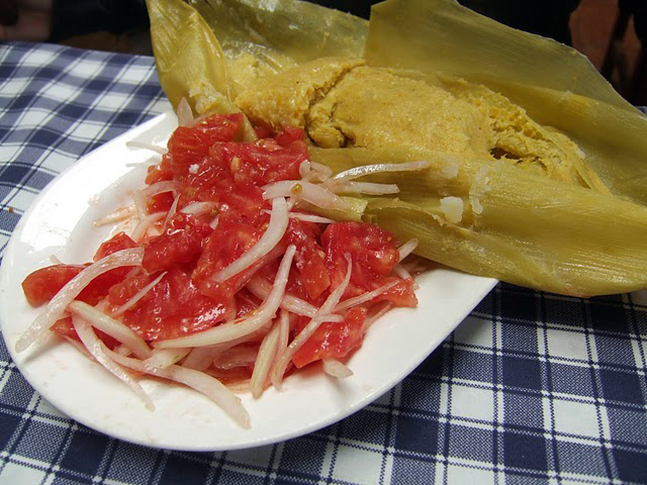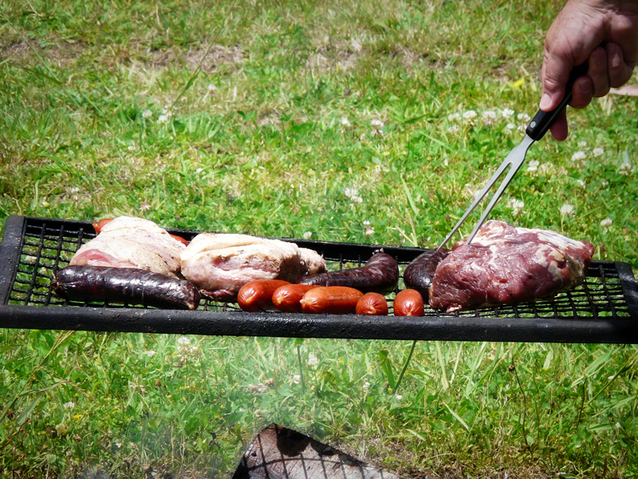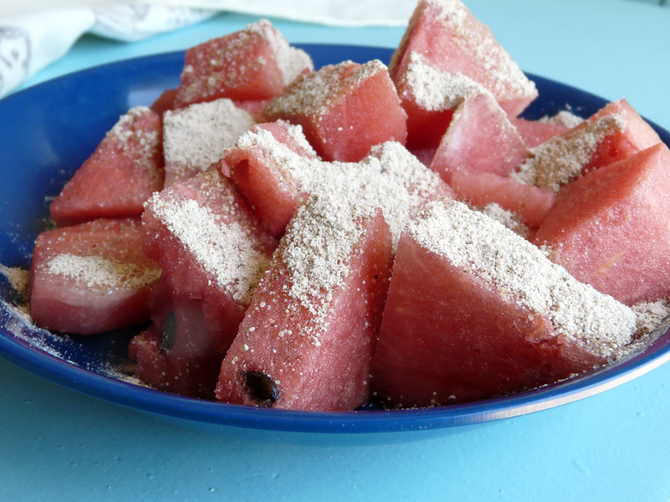As with English, Spanish has many regional variations. Accents vary from country to country and even vocabulary changes. If someone from England asked you to pass them some chips or a torch, they’d give you a funny look if you handed over a bag of Doritos or a flaming branch. What they really wanted were French fries or a flashlight!
In Chile, even the Spanish language is given another name, castellano instead of español, in reference to the region of Spain where the dialect originated. Here are some other words that are different here:
Chilean General Spanish English
zapallo calabaza pumpkin
guata vientre/panza belly
palta aguacate avocado
choclo máiz corn
chala sandalia sandal
guagua bebé baby
fome aburrido boring
porotos frijoles beans
There are also some pronunciation differences that can make listening to Chileans confusing for non-native speakers:
Let’s look at some short conversations in Chilean Spanish with dropped letters and a little bit of slang, standard Spanish and English:
Chilean Standard Spanish English
Cómo estai? Cómo estás? How are you?
Ma' o meno' no ma'. Más o menos no más. Only so-so.
Vení pa' ca'? Vienes para acá? Are you coming over here?
Ya*, voy pa'lla al tiro**. Sí, voy para allá de inmediato. Yes, I'm going over right away.
* In addition to "already" in Chile, ya also means "yes".
**Al tiro literally means "at the shot", referring to the shot fired at the beginning of a race.
All of this was difficult for me when I first arrived, but after two years it comes as second nature. All it takes is a little practice, cachai*?
* Slang for "you get it?"!
In Chile, even the Spanish language is given another name, castellano instead of español, in reference to the region of Spain where the dialect originated. Here are some other words that are different here:
Chilean General Spanish English
zapallo calabaza pumpkin
guata vientre/panza belly
palta aguacate avocado
choclo máiz corn
chala sandalia sandal
guagua bebé baby
fome aburrido boring
porotos frijoles beans
There are also some pronunciation differences that can make listening to Chileans confusing for non-native speakers:
- In Chilean Spanish, the “S” is often dropped when not the first letter of a word. Gracias (thank you) becomes gracia (which sounds like gracia – funniness or grace), and “Que querías?” (what did you want) becomes “Que quería?” (which could be misinterpreted as “what did I want?” or “what did he want?”). Tricky, right?
- Words that end in –ado are usually clipped, so pelado (bald) sound like pelao, with no “D”. This is extra confusing in words like pescado (fish), which becomes pecao since it loses both the “S” and the “D”!!
- In informal situations between friends, the second person singular of verbs changes from –as to –ai or from –es/-is to –ís. So hablas is hablai and tienes is tenís, but since the “S” gets dropped it sounds like tení.
Let’s look at some short conversations in Chilean Spanish with dropped letters and a little bit of slang, standard Spanish and English:
Chilean Standard Spanish English
Cómo estai? Cómo estás? How are you?
Ma' o meno' no ma'. Más o menos no más. Only so-so.
Vení pa' ca'? Vienes para acá? Are you coming over here?
Ya*, voy pa'lla al tiro**. Sí, voy para allá de inmediato. Yes, I'm going over right away.
* In addition to "already" in Chile, ya also means "yes".
**Al tiro literally means "at the shot", referring to the shot fired at the beginning of a race.
All of this was difficult for me when I first arrived, but after two years it comes as second nature. All it takes is a little practice, cachai*?
* Slang for "you get it?"!





 RSS Feed
RSS Feed